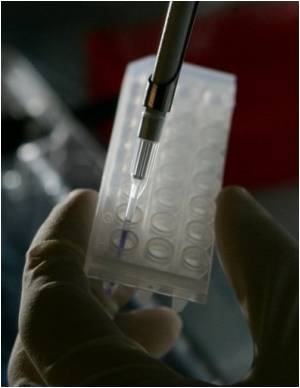
Now, the experts anticipate constructing artificial tissues for human implantation with these blocks, reports New Scientist.
The researchers built the "human Lego" by dipping cells cultured from liver tumours into a polymer called polyethylene glycol (PEG).
The parcel was then hardened, or baked, with UV light to form bricks. Another coating of PEG made the bricks sticky, and they were placed in a mold. To fill any gaps, the whole structure was dunked in PEG a final time and irradiated once more.
Fernandez said, despite being trapped and baked within a polymer, cell staining shows that the cultured cells remained alive.
Earlier attempts to produce 3D cellular structures had failed because cells didn't stick to each other, says Fernandez. PEG overcomes this problem.
Advertisement
The study has been published in Advanced Materials.
Advertisement
SRM









